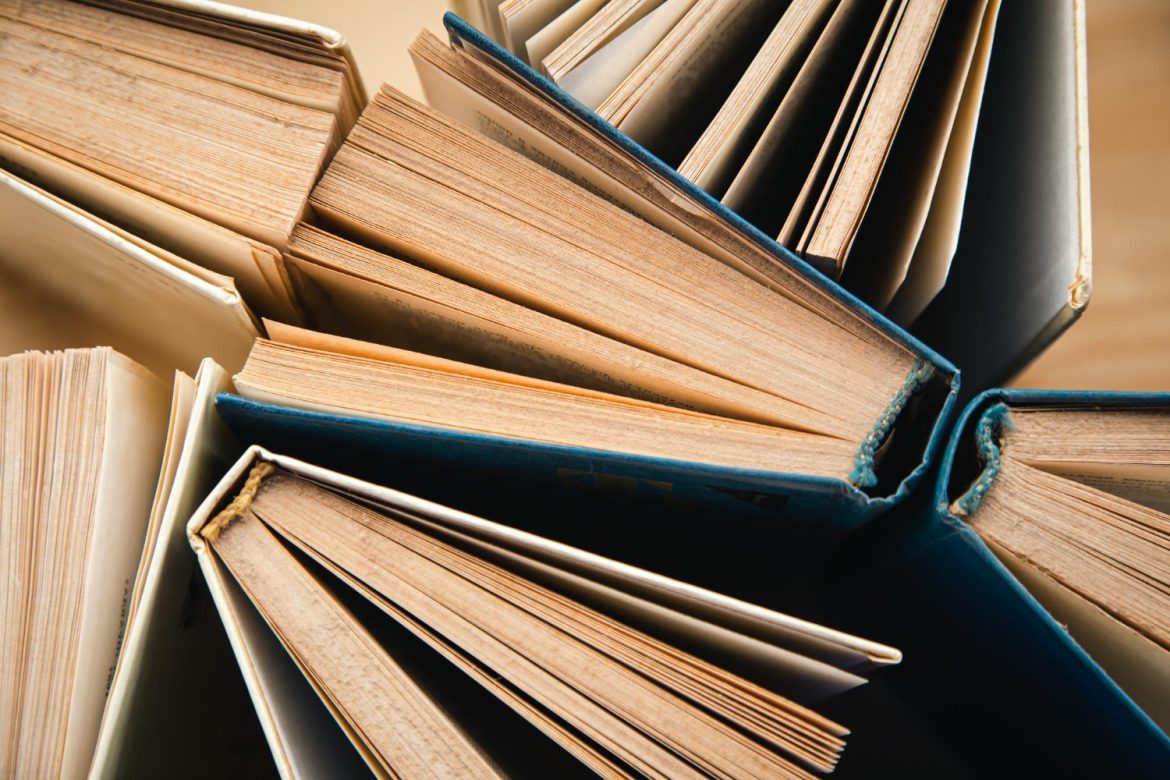Optical Character Recognition (OCR) technology, traditionally associated with the digitization of modern texts, has increasingly become a vital tool in the preservation and analysis of historical documents. By converting images of text into machine-encoded text, OCR opens new horizons in the way historians, researchers, and archivists interact with historical documents. This article explores the application of OCR in the context of historical document preservation and analysis, highlighting its advancements, challenges, and future prospects.
The Role of OCR in Historical Document Digitization
The digitization of historical documents using OCR is a significant step towards their preservation and accessibility. This process involves several intricate steps to ensure accuracy and maintain the integrity of the original texts.
Transforming Aging Texts into Digital Formats
OCR technology helps transform aging, fragile texts into digital formats, thus preserving them for future generations. This digitization is crucial, as many historical documents are susceptible to deterioration due to factors like acidification of paper, ink corrosion, and environmental conditions.
Enhancing Accessibility and Searchability
Once digitized, these texts become more accessible to researchers worldwide, breaking geographical barriers. Moreover, digital texts are searchable, allowing researchers to locate specific information within large volumes of data quickly, a task that would be painstakingly slow with physical documents.
Overcoming Challenges in Historical OCR
Historical document OCR presents unique challenges, different from those encountered in modern text digitization. The peculiarities of historical texts require advanced solutions to ensure effective OCR application.
Dealing with Varied and Archaic Scripts
Historical documents often contain varied and archaic scripts, which standard OCR systems are not designed to recognize. Adapting OCR technology to interpret these scripts requires specialized training of the software, often involving machine learning algorithms and extensive datasets of historical fonts and handwriting.
Addressing Quality and Preservation Issues
The physical condition of historical documents often poses a challenge. Issues like faded ink, smudges, tears, and the quality of the paper can significantly affect the accuracy of OCR. Advanced image processing techniques and improved OCR algorithms are continuously being developed to overcome these hurdles.
Integrating OCR with Other Technologies
The integration of OCR with other technologies enhances the analysis and preservation of historical documents. This multidisciplinary approach leverages the strengths of various technologies to offer a more comprehensive solution.
OCR and Digital Humanities
In the field of digital humanities, OCR is combined with tools like text mining and data visualization to analyze historical texts. This integration allows for the examination of large volumes of text, identifying patterns, trends, and connections that might be missed in manual analysis.
Combining OCR with 3D Imaging and AI
Advanced imaging techniques like 3D imaging, combined with AI, are being used alongside OCR to read texts that are otherwise inaccessible, such as those on warped or damaged surfaces. This combination opens up possibilities for analyzing texts that were previously considered too fragile or damaged.
Future Directions of OCR in Historical Research
As technology continues to advance, the future of OCR in historical document preservation and analysis looks promising. Ongoing developments are set to enhance the capabilities and applications of OCR in this field.
Improving Accuracy and Efficiency
Continuous improvements in OCR accuracy and efficiency are crucial for handling the vast array of historical documents. Future advancements may involve more sophisticated AI models that can learn from smaller datasets and handle a greater variety of text conditions.
Expanding Accessibility and Collaboration
As OCR technology becomes more advanced and accessible, it could lead to greater collaboration among historians, linguists, and other scholars globally. This collaboration could catalyze new discoveries and interpretations of historical texts, fostering a more interconnected and comprehensive understanding of history.
Conclusion
OCR technology, though initially designed for modern texts, has found a significant and evolving role in the preservation and analysis of historical documents. By transforming fragile texts into accessible, digital formats, OCR not only aids in their preservation but also revolutionizes the way researchers interact with history. As OCR continues to advance, overcoming the unique challenges posed by historical texts, its potential to contribute to our understanding of the past becomes ever more apparent. The future of historical research, augmented by OCR and related technologies, promises a more enriched and accessible exploration of our collective human heritage.

